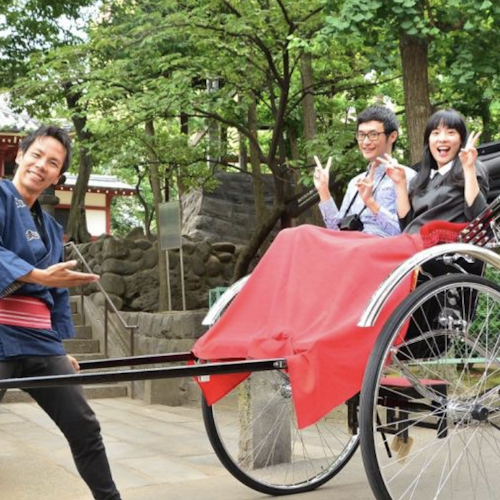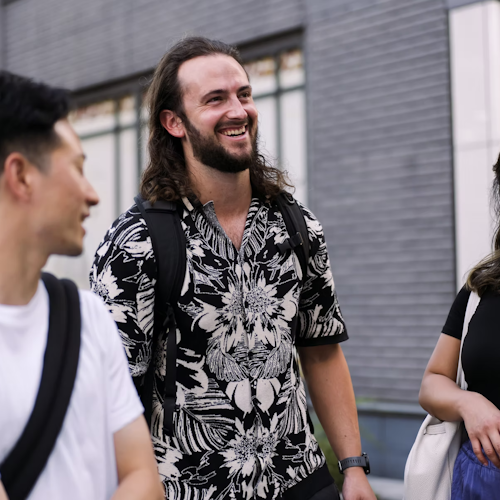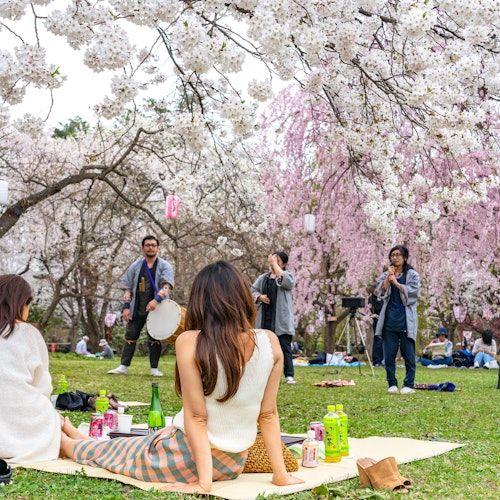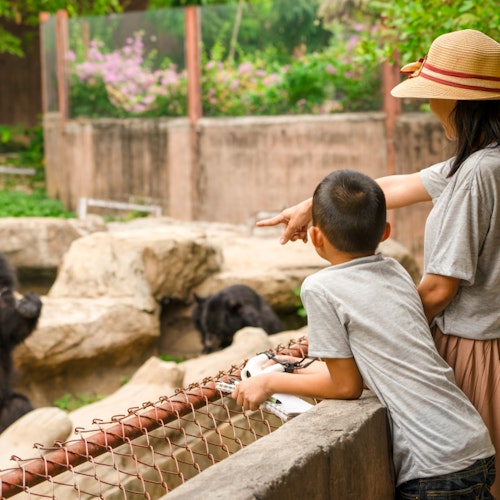
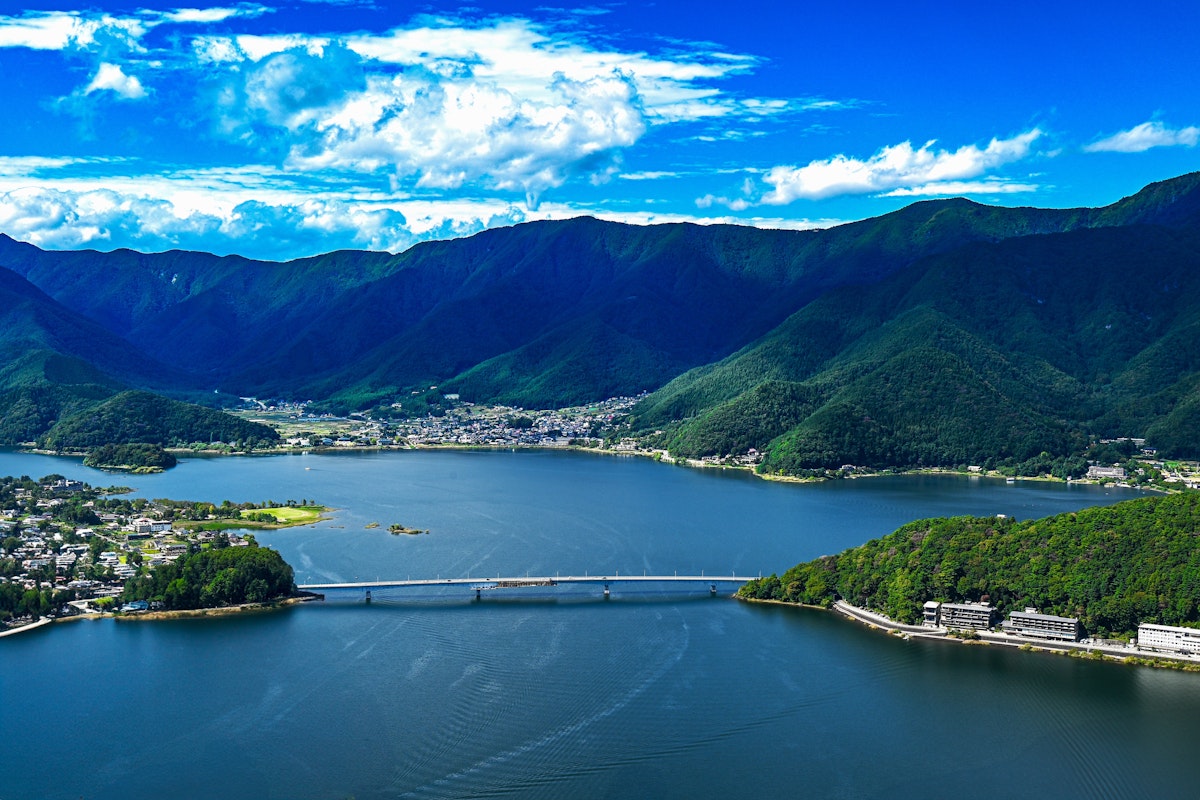
후지산은 일본에서 가장 유명한 곳 중 하나이지만 주변에는 더 많은 볼거리가 있습니다! 근처 지역 후지산 는 아름다운 광경, 문화적 명소, 당일 여행에 쉽게 추가할 수 있는 재미있는 활동으로 가득합니다.
이 가이드에서는 후지산 근처에서 평화로운 마을, 미술관, 폭포, 신사, 차 농장, 경치 좋은 로프웨이와 같은 멋진 장소를 찾을 수 있습니다. 자연을 사랑하든, 일본 문화에 대해 배우고 싶든, 아니면 새로운 것을 탐험하고 싶든, 모두를 위한 무언가가 있습니다.
후지산 여행을 계획하고 있다면, 이 인근 명소를 통해 일본이 제공하는 모든 것을 흥미진진한 하루 동안 더 많이 즐길 수 있습니다.

오시노 핫카이는 일본의 심장부로 떠나는 문화 여행을 제공합니다. 이곳은 후지산의 눈이 녹아 내리는 수정처럼 맑은 8개의 연못이 있는 고요한 마을입니다. 유네스코 세계문화유산으로 지정된 이곳은 자연의 아름다움뿐만 아니라 일본의 전통적인 생활을 엿볼 수 있는 곳입니다.
방문객들은 고풍스러운 거리를 돌아다닐 수 있습니다. 지역 별미, 고대 풍습에 대해 배웁니다. 연못의 물은 신성하게 여겨지며, 상징적인 초가지붕집이 곳곳에 있는 경우가 많아 일본의 과거를 생생하게 살아 숨쉬게 하는 평화롭고 역사적으로 풍요로운 분위기를 자아냅니다.
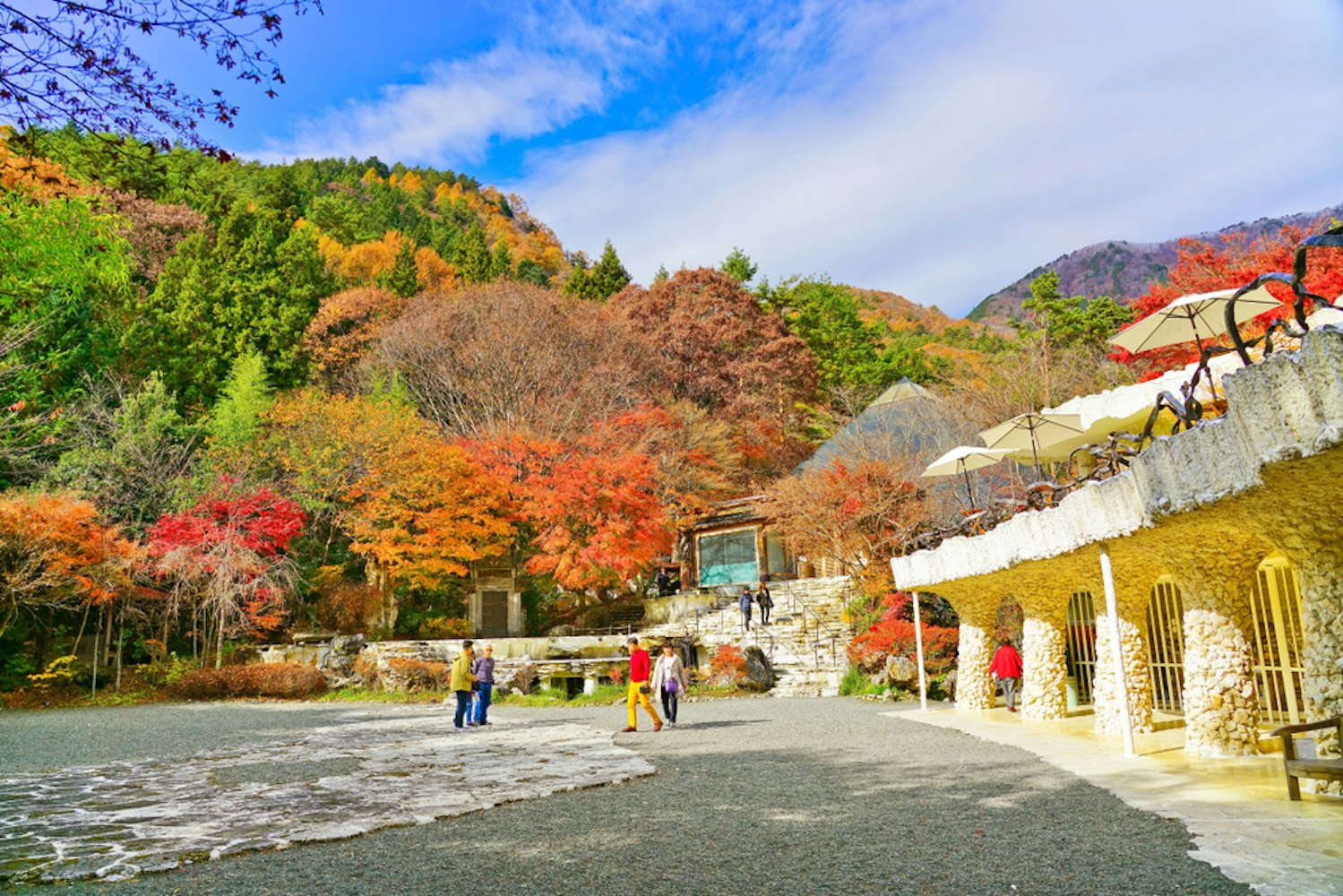
구보타 잇치쿠 미술관은 가와구치코 호수 기슭 근처의 경치 좋은 후지 5호 지역에 자리 잡은 놀라운 장소입니다. 이 박물관은 츠지가하나 실크 염색의 전통 예술을 부활시키고 재창조한 섬유 예술가 구보타 잇치쿠의 작품에 헌정되어 있습니다.
60대에 시작한 Kubota의 평생의 작품은 고요한 정원을 배경으로 아름다운 가우디풍의 건물에 전시되어 있습니다. 방문객들은 Kubota의 기모노 창작물을 통해 복잡한 디자인과 생생한 색상의 시각적 향연을 접할 수 있습니다.
각 작품은 자연에 대한 작가의 열정과 염색 기술의 숙달을 보여주며, 후지산이 중심 테마로 자주 등장합니다. 박물관은 이 정교한 기모노를 전시할 뿐만 아니라 작가의 창작 과정에 대한 통찰력을 제공합니다.
직물을 넘어 박물관의 건축 자체도 예술 작품이며, 계절에 따라 변화하는 주변 일본식 정원과 조화를 이룹니다. 구보타 잇치쿠 미술관(Itchiku Kubota Art Museum)은 예술, 자연, 전통과 장엄함이 조화를 이루는 독특한 문화 체험을 제공합니다 후지산 배경.
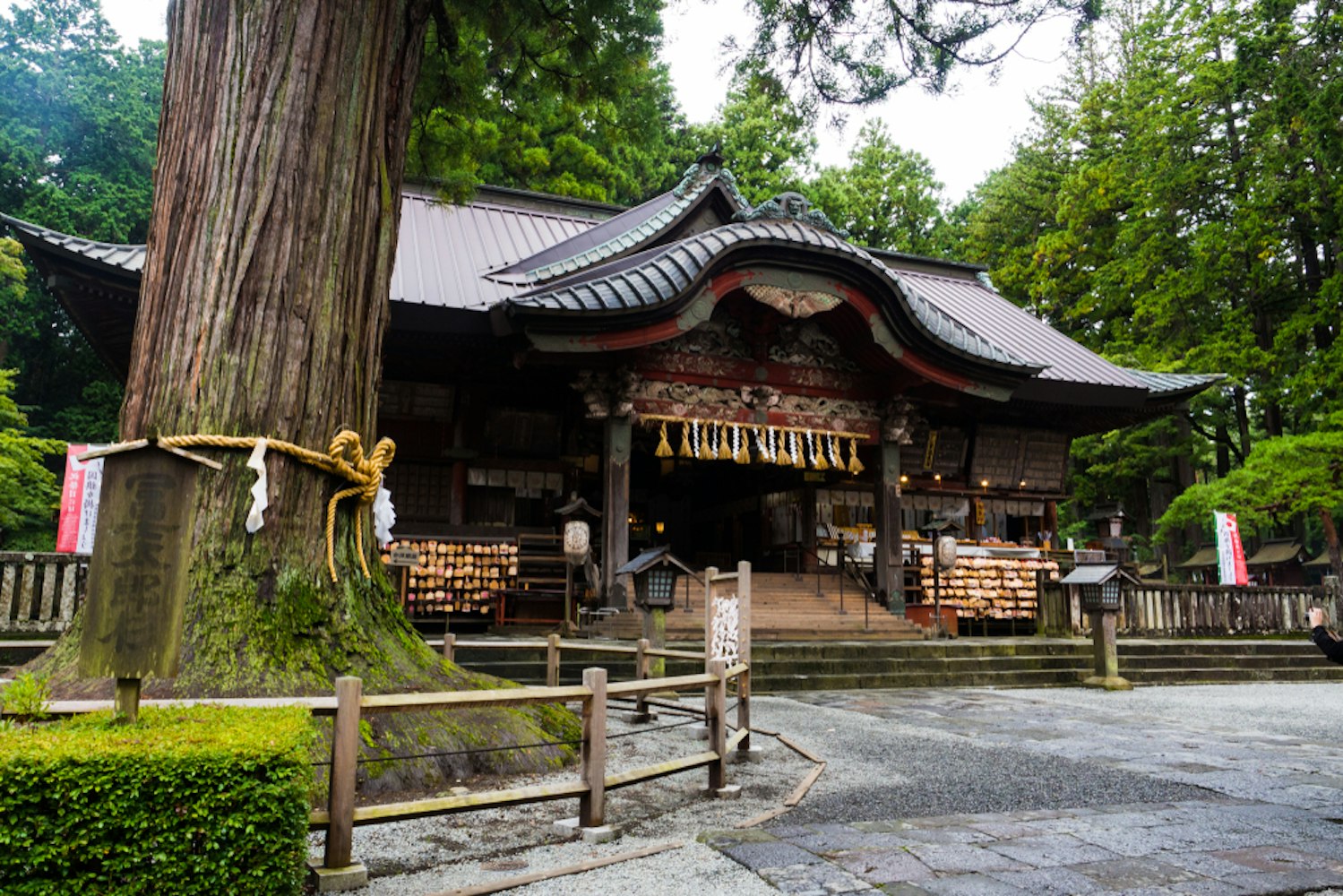
공식적으로 Kitaguchi Hongū Fuji Sengen Jinja로 알려진 Fujiyoshida Sengen Shrine은 신사 후지산(富山) 근처의 후지요시다(古名市)시에 위치하고 있습니다. 이곳은 요시다 트레일의 전통적인 시작점에 서 있어 순례를 시작하거나 신성한 산을 오르는 사람들을 위한 곳입니다.
울창한 숲으로 둘러싸인 이 신사는 천 년 이상의 역사를 자랑합니다. 신사 단지는 후지산과 관련된 신토 신인 코노하나사쿠야 공주에게 헌정되었습니다. 이곳은 영적으로 중요한 장소이며 유네스코 세계 문화 유산으로 지정된 후지산 문화 유적지의 일부입니다.
방문객들은 종종 이끼 낀 도리이 문, 석등, 고요한 분위기에 매료됩니다. 유적지 유산의 일부로서, 이 나무들 중 다수는 수백 년 된 것으로, 신사 경내에 스며들어 있는 시대를 초월한 감각과 역사의 느낌을 더해줍니다.
후지요시다 센겐 신사는 매년 열리는 축제로도 유명하며, 특히 8월에는 일본 3대 축제 중 하나로 꼽히는 요시다 불 축제가 유명합니다. 이 행사는 후지산 등반 시즌의 끝을 상징하며 행렬, 전통 음악, 대형 횃불 점화를 특징으로 합니다.

하코네 로프웨이는 하코네 로프웨이의 멋진 전망을 제공하는 경치 좋은 공중 리프트입니다. 하코네 자연의 아름다움과 온천으로 유명한 지역. 이 케이블카 여행은 주변 산의 웅장함, 고요한 아시 호수, 맑은 날에는 장엄한 후지산을 목격할 수 있는 독특한 유리한 지점을 제공합니다.
로프웨이는 화산 활동으로 유명한 오와쿠다니(Owakudani)와 유황 온천에서 끓인 검은 달걀을 포함하여 여러 곳에서 정차하는데, 이는 생명을 연장한다고 합니다. 이 매력은 교통 수단일 뿐만 아니라 하코네의 숨막히는 풍경을 위에서 경험할 수 있는 기회이기도 합니다.
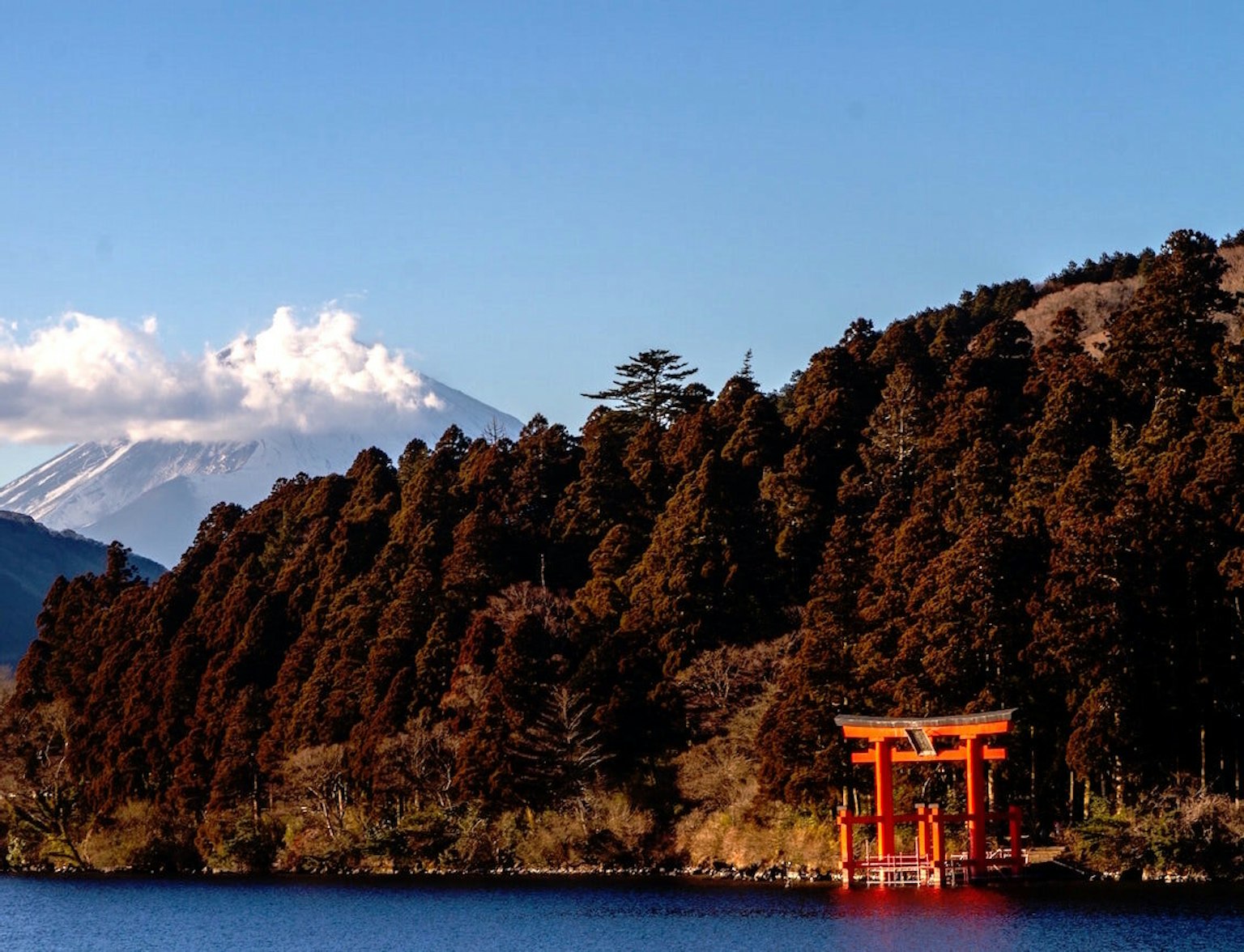
이 투어로 하코네의 아름다움을 만끽하십시오.
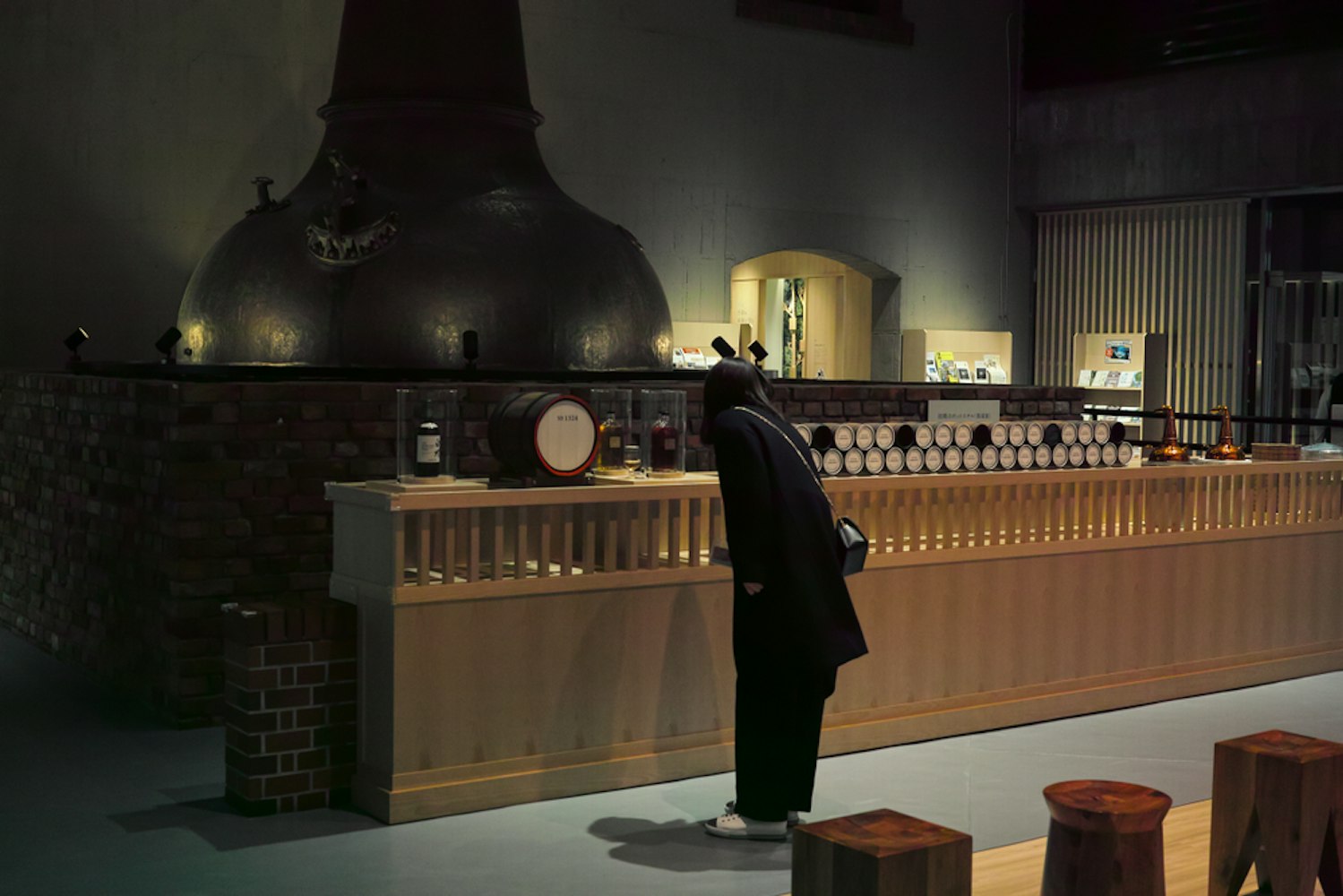
산토리 하쿠슈 증류소는 일본 서던알프스의 카이코마가타케산 숲에 자리 잡은 곳으로, 위스키 제조가 주변 자연과 깊은 관련이 있는 예술 형식인 존경받는 장소입니다. 1973년에 설립된 이 증류소는 "포레스트 증류소" 위스키라고 불리는 독특한 신선함과 허브 향을 지닌 하쿠슈 싱글 몰트 위스키를 생산하는 것으로 유명합니다.
산토리 하쿠슈 증류소(Suntory Hakushu Distillery)를 방문하면 세심한 위스키 생산 과정에 대한 통찰력을 얻을 수 있는 교육 투어에 참여할 수 있습니다. 투어는 일반적으로 으깬 것, 발효, 증류 및 숙성 과정을 다루며, 찬사를 받는 증류주 뒤에 숨겨진 장인 정신을 포괄적으로 살펴볼 수 있습니다.
주변 숲은 고요한 분위기를 제공할 뿐만 아니라 위스키의 풍미 프로필에도 영향을 미칩니다. 산의 맑은 물과 독특한 기후는 하쿠슈 위스키의 미묘하면서도 복잡한 특성에 기여합니다.
투어 외에도 증류소에는 위스키 박물관, 방문객들이 다양한 표현을 맛볼 수 있는 시음 바, 독점 병을 제공하는 선물 가게도 있습니다. 이 경험은 교육적이면서도 몰입감 있어 위스키 애호가와 초보자 모두 환경과 산토리 하쿠슈 증류소에서 생산되는 고급 증류주 사이의 깊은 연관성을 감상할 수 있습니다.
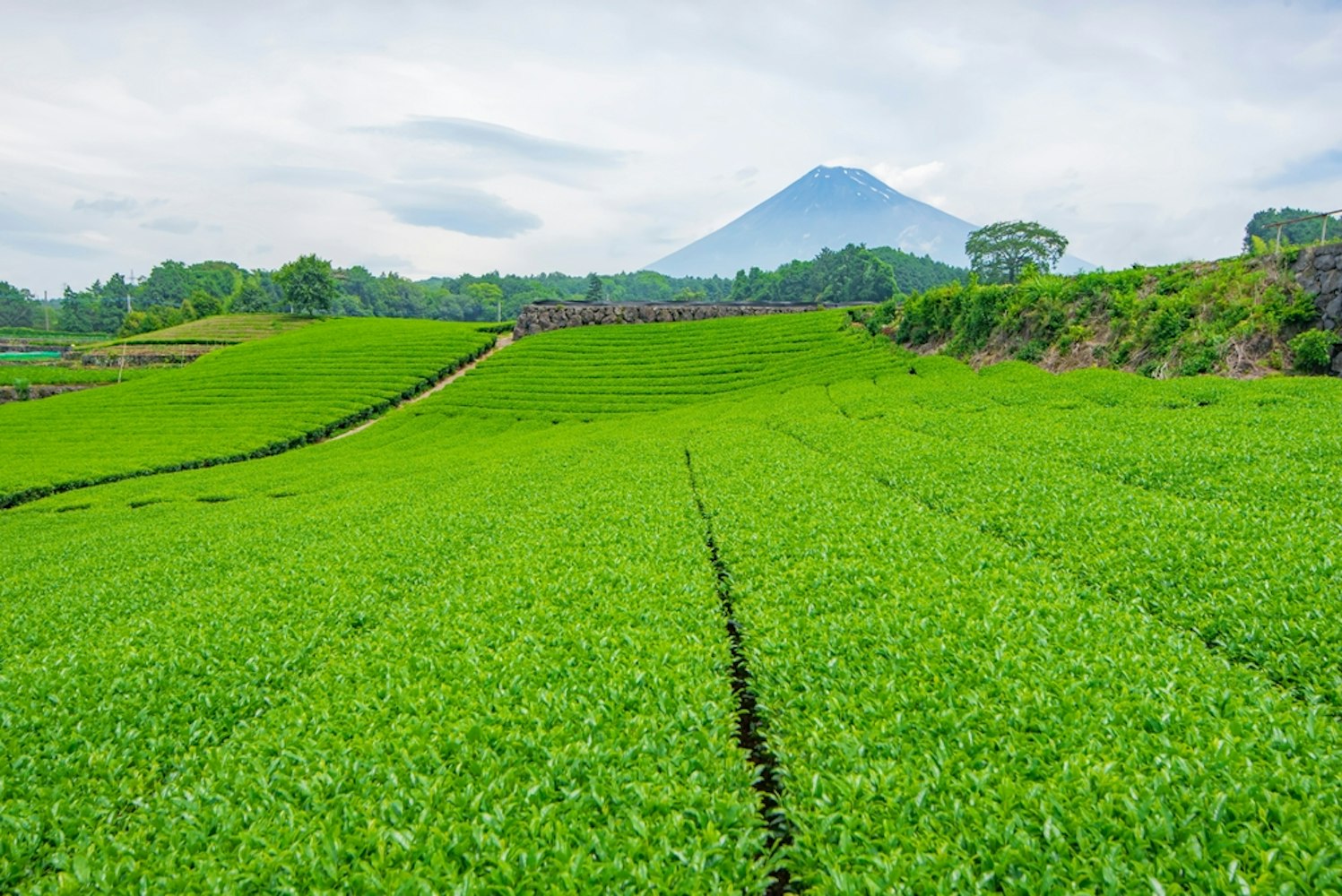
이 이마미야 차 농장 는 일본 녹차의 세계를 깊이 파고들 수 있는 무성하고 푸른 공간입니다. 후지산 근처에 위치한 이 플랜테이션은 방문객들에게 이 지역의 자연미를 감상할 수 있는 기회를 제공합니다.
이곳에서 방문객들은 줄지어 늘어선 차 덤불 사이를 걸으며 차 생산의 복잡한 과정에 대해 배우고, 계절에 따라 차 따기 활동에 참여할 수도 있습니다. 투어에는 종종 샘플링 세션이 포함되며, 여기에서 다양한 수확 기술과 준비 방법의 다양한 맛을 맛볼 수 있습니다.
이 경험은 교육적이면서도 감각적이며, 방문객들은 일본의 유명한 녹차 문화의 전통과 예술성에 몰입할 수 있습니다. 차 애호가와 후지산 지역의 농업 유산에 관심이 있는 사람들에게 꼭 방문해야 할 곳입니다.

활기찬 녹차 밭을 돌아다니며 일본 전통 차를 맛보고 지역의 역사적인 보석을 발견해 보세요.
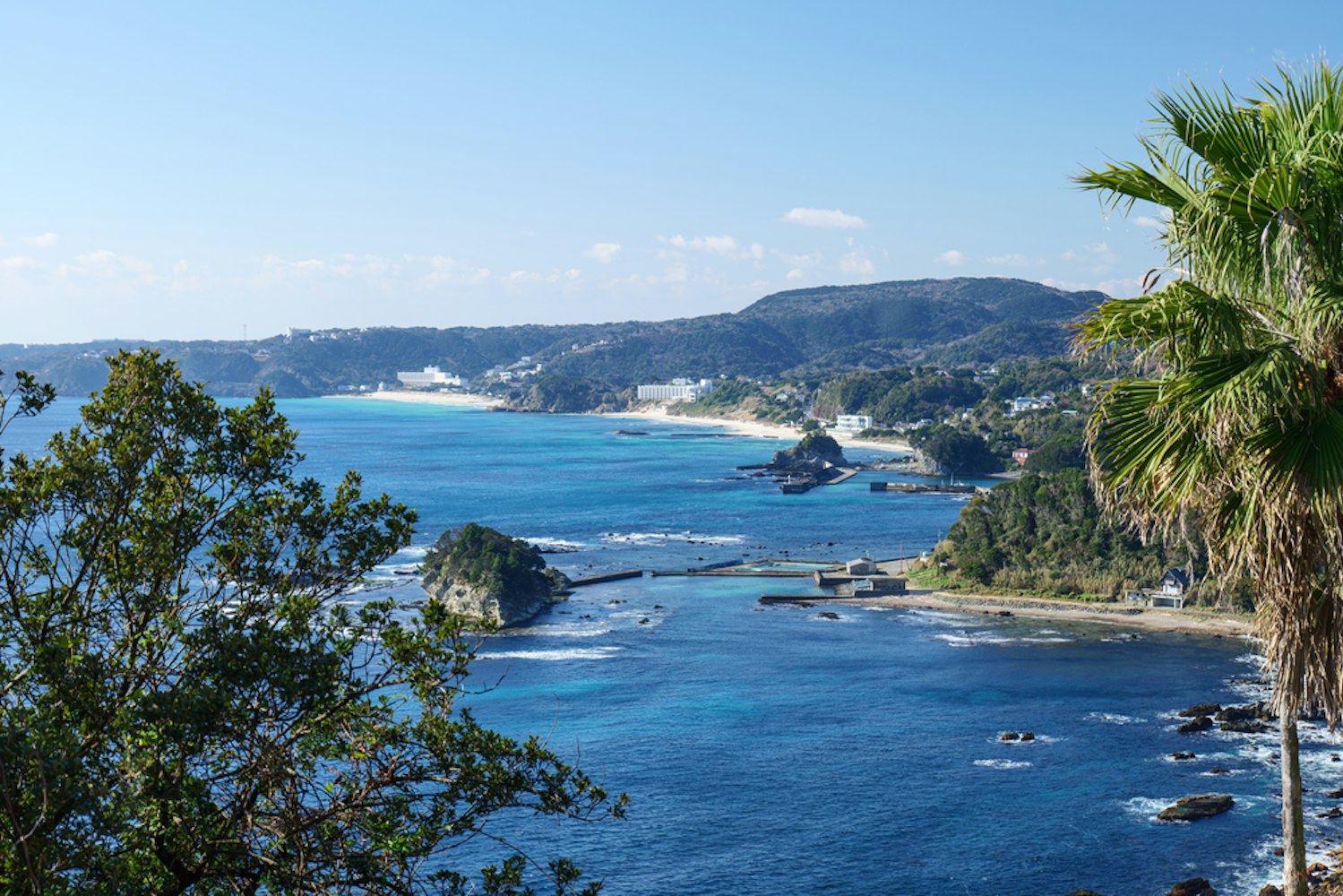
의 남서쪽에 위치한 이즈 반도 도쿄는 험준한 해안선, 온천, 아름다운 경치로 유명합니다. 이곳은 해변, 산악 지형, 장엄한 조가사키 해안 등 풍부한 자연의 다양성을 지닌 지질학적 경이로움입니다.
이 반도는 아타미(Atami), 이토(Ito), 시모다(Shimoda)와 같은 마을에 있는 온천 리조트로 유명한 인기 있는 관광지입니다. 또한 1854 년 페리 제독의 검은 선박의 상륙 지점으로 역사적으로 중요합니다. 이즈는 수영과 서핑부터 하이킹, 태평양의 탁 트인 전망 즐기기까지 다양한 야외 활동을 제공합니다.
이 지역에는 슈젠지 사원과 같은 문화 유적지가 곳곳에 있으며, 따뜻한 계절에는 방문객들이 활짝 핀 수국과 벚꽃을 즐길 수 있습니다. 후지산과 가까운 이즈 반도는 이 지역의 모든 여행 일정에 완벽하게 추가되어 모험이 가미된 고요한 탈출구를 제공합니다.
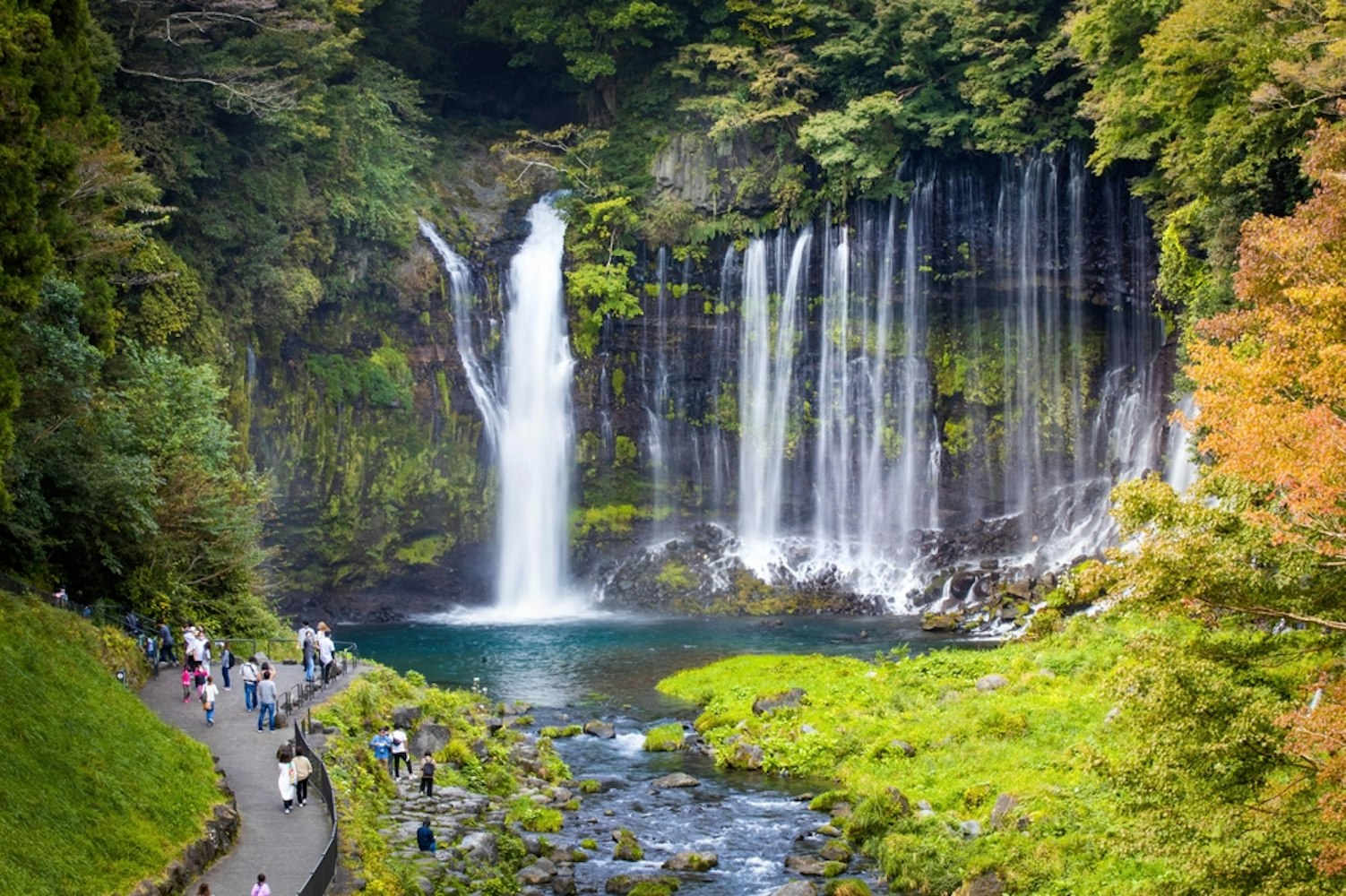
후지산의 남서쪽 경사면에 위치한 시라이토 폭포는 후지 하코네 이즈 국립공원의 일부인 놀라운 자연의 경이로움입니다. 일본에서 가장 아름다운 폭포 중 하나로 꼽히는 시라이토 폭포는 커튼과 같은 넓은 폭포로 유명합니다.
약 20m 높이에서 약 150m에 걸쳐 폭포수가 쏟아져 내리며, 가장자리에서 비단실을 닮은 가늘고 하얀 개울이 흘러내려 일본어로 '흰 실'을 뜻하는 '시라이토'라는 이름이 붙었습니다. 산의 샘물을 공급받는 폭포는 일년 내내 꾸준한 흐름을 유지하며, 특히 여름철에는 상쾌할 수 있습니다.
이 조용한 위치는 주차장에서 가까운 도보 거리를 통해 도보로 쉽게 접근할 수 있어 방문객들이 그림 같은 풍경과 부드러운 자연의 소리를 즐길 수 있는 인기 있는 정류장입니다. 이 사이트는 또한 다른 관점에서 후지산의 아름다움을 감상할 수 있는 기회를 제공하는데, 특히 따뜻한 계절에는 무성한 녹지가 산을 둘러싸고 있거나 가을에는 생생한 단풍을 볼 때 더욱 그렇습니다.
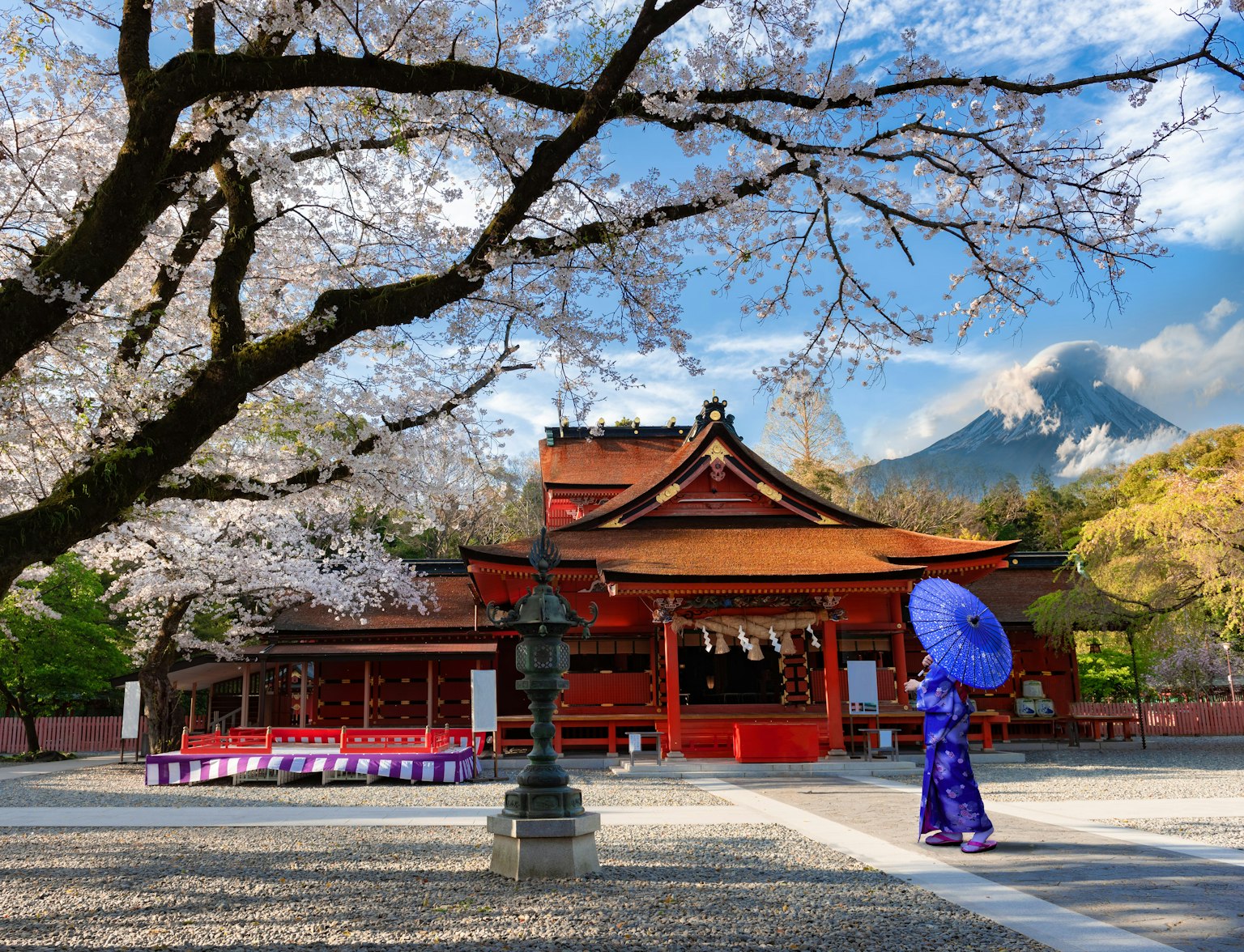
일본에서 가장 매혹적인 폭포 두 곳을 방문해 보세요.
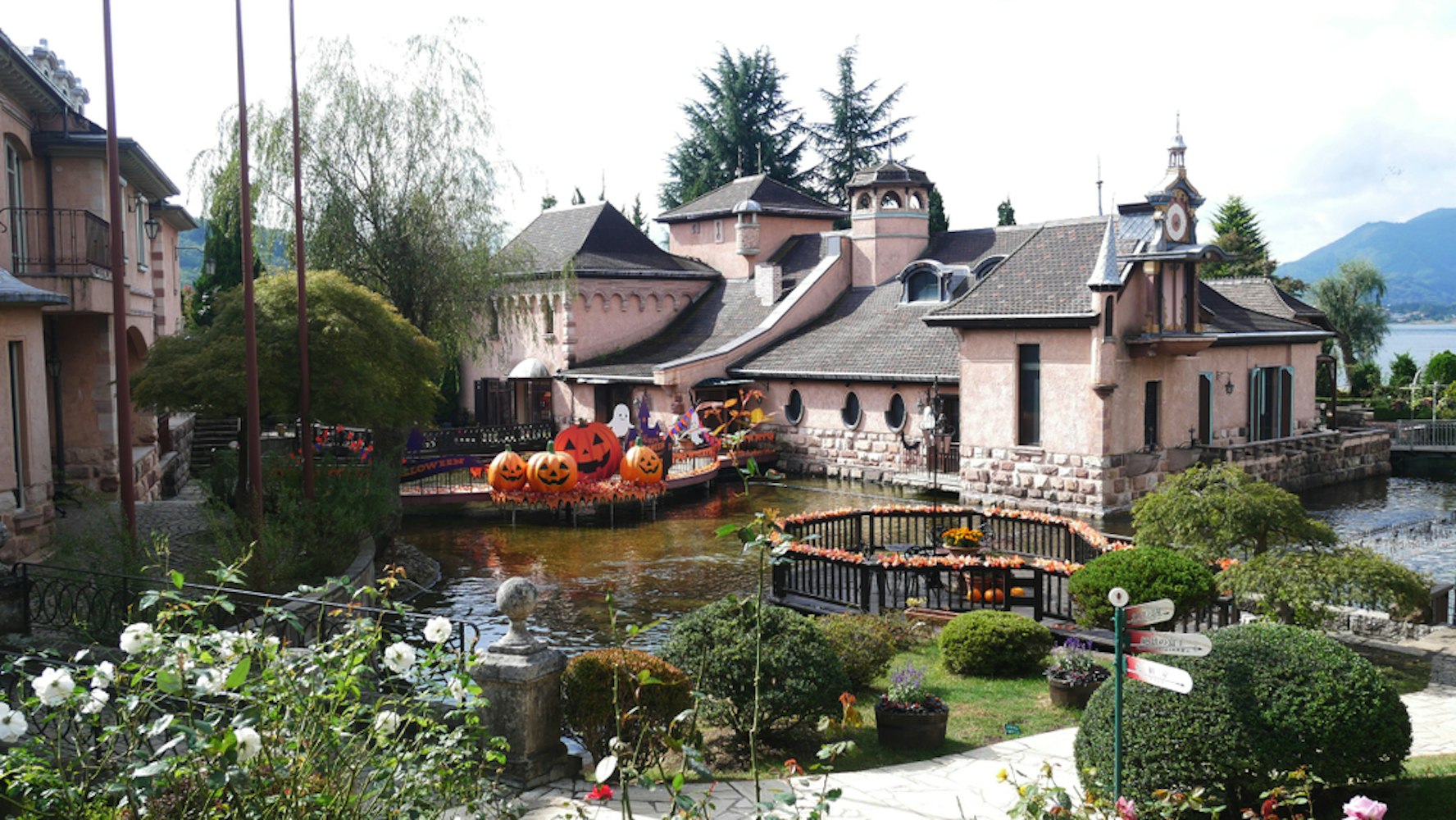
가와구치코 음악의 숲 박물관은 경치 좋은 후지 5호 지역에 있는 독특한 유럽식 공원이자 박물관입니다. 이 명소는 골동품 오르골과 자동 악기 컬렉션으로 유명하며, 일부는 수백 년 전으로 거슬러 올라갑니다.
박물관에서는 라이브 음악 공연과 악기 시연을 즐기실 수 있습니다. 후지산의 전경을 조망할 수 있는 아름답게 조경된 정원이 있는 가와구치코 음악의 숲 박물관은 문화 엔터테인먼트와 그림 같은 자연을 결합하여 모든 연령대의 방문객에게 즐거운 경험을 선사합니다.
음악과 후지산의 고요함이 조화로운 휴양지를 만드는 곳입니다.
후지산은 일본에서 가장 높은 봉우리 그 이상입니다. 문화적, 자연적, 모험으로 가득한 이 나라의 심장부입니다. 후지산 주변의 명소를 탐험함으로써 방문객들은 후지산 자체를 넘어 더 나은 경험을 할 수 있습니다.
각 사이트에는 더 큰 후지산 퍼즐 조각이 있어 다양하고 일본의 본질을 포착하는 순간으로 가득 찬 일일 투어를 제공합니다. 후지산의 경사면을 넘어 여행을 떠나면 모퉁이를 돌 때마다 새로운 풍경이 펼쳐지고, 각 마을에는 이야기가 있으며, 숨막히는 상징적인 후지산을 배경으로 모든 경험이 새겨진 세계를 발견하게 될 것입니다.
후지산을 오르는 것 외에도 주변 지역을 탐험하고 이 지역이 제공하는 독특한 문화와 활동에 빠져들 수 있습니다. 따라서 다음에 일본 여행을 계획할 때 여행 일정에 후지산을 추가하고 모든 각도에서 후지산이 제공하는 모든 것을 발견하는 것을 잊지 마십시오.
등산로, 문화 유적지 또는 직접 체험을 통해 후지산에는 모두가 즐길 수 있는 것이 있습니다. 그래서 왜 기다려? 오늘 모험을 계획하세요! 그러니 가방을 챙기고 카메라를 들고 후지산의 마법을 경험할 준비를 하세요.
그러니 지금 후지산 여행 계획을 세우고 모험, 문화, 자연의 아름다움으로 가득한 잊을 수 없는 경험을 준비하세요.
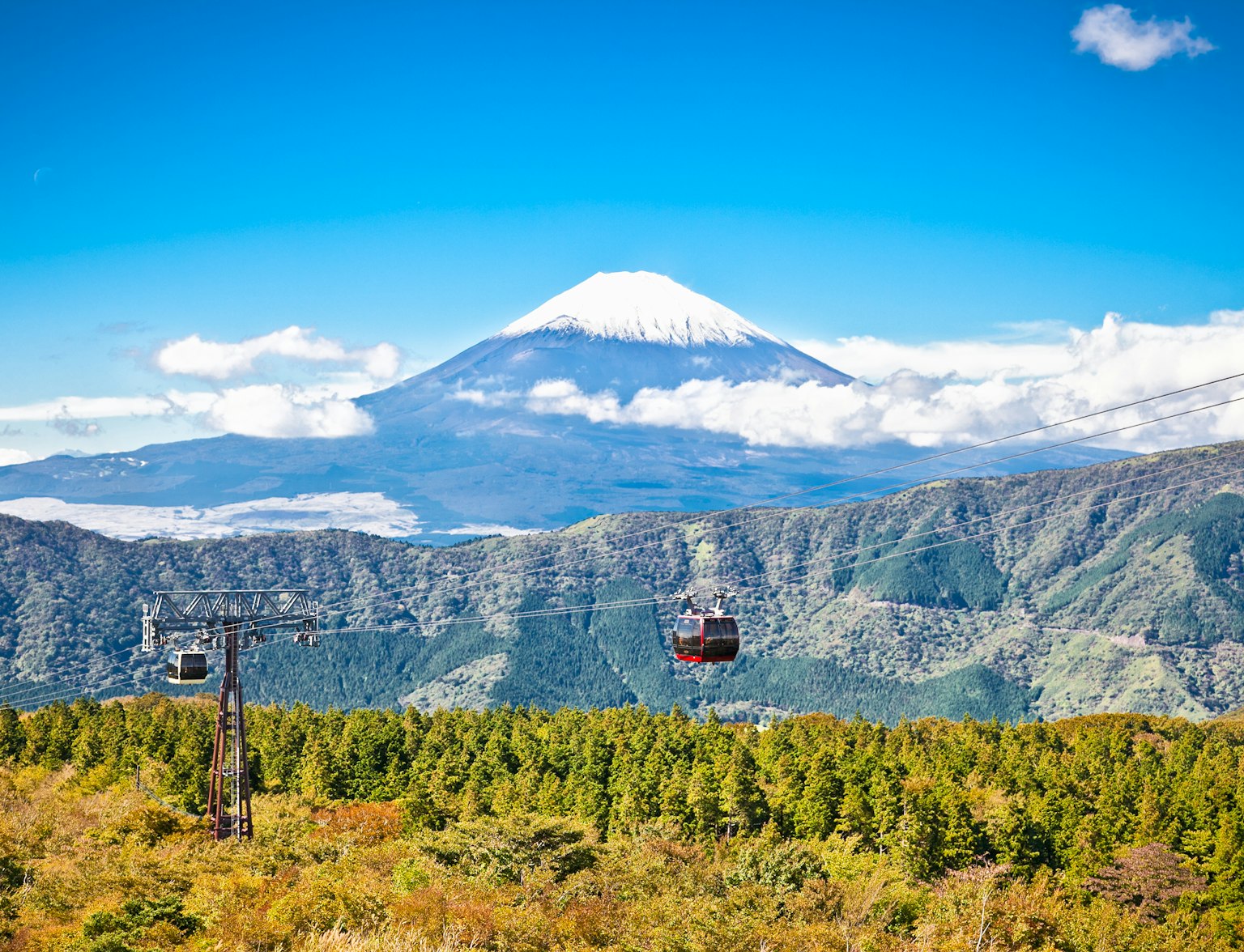
경외심을 불러일으키는 풍경을 목격하고, 정통 진미를 맛보고, 문화재를 발견하십시오.
